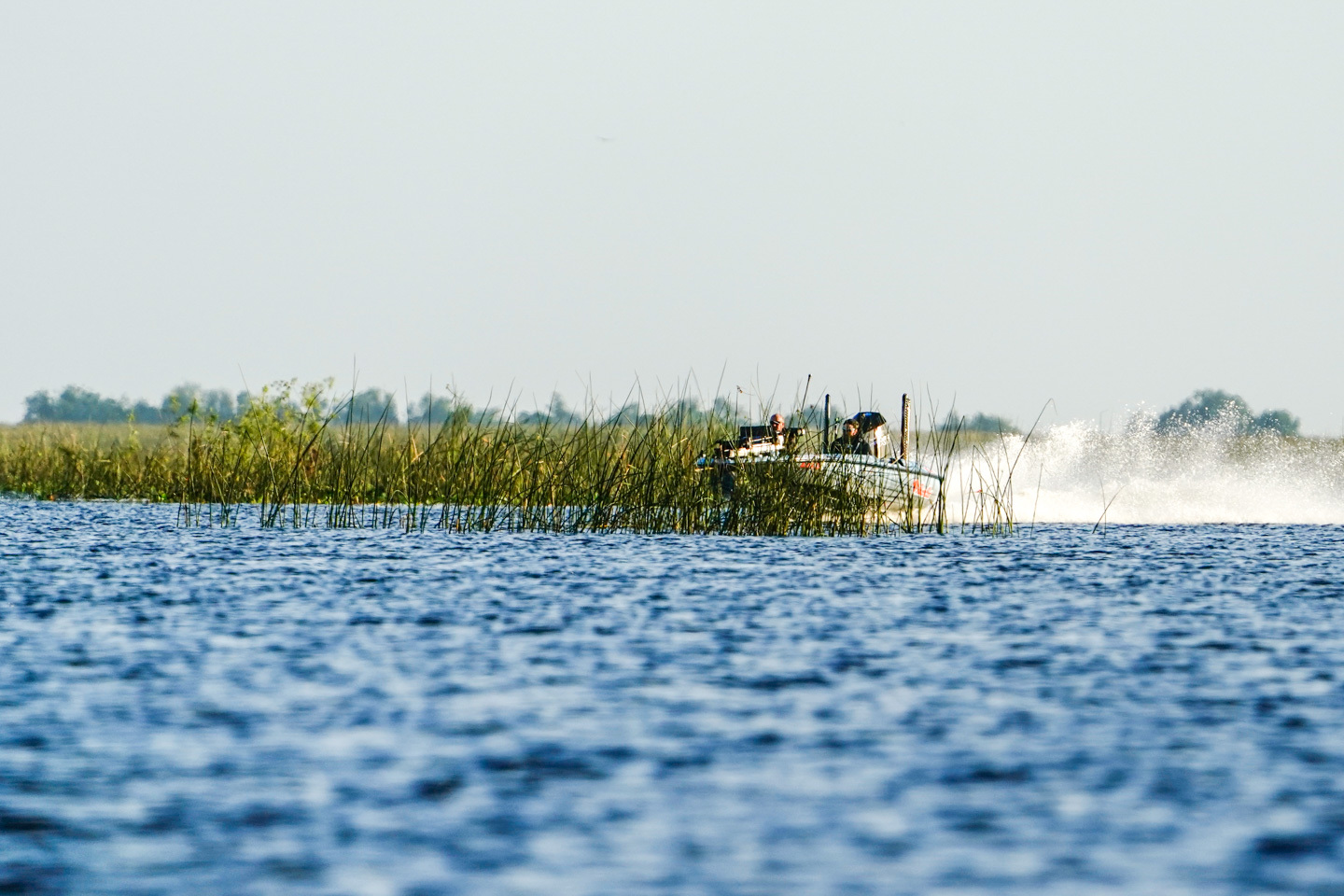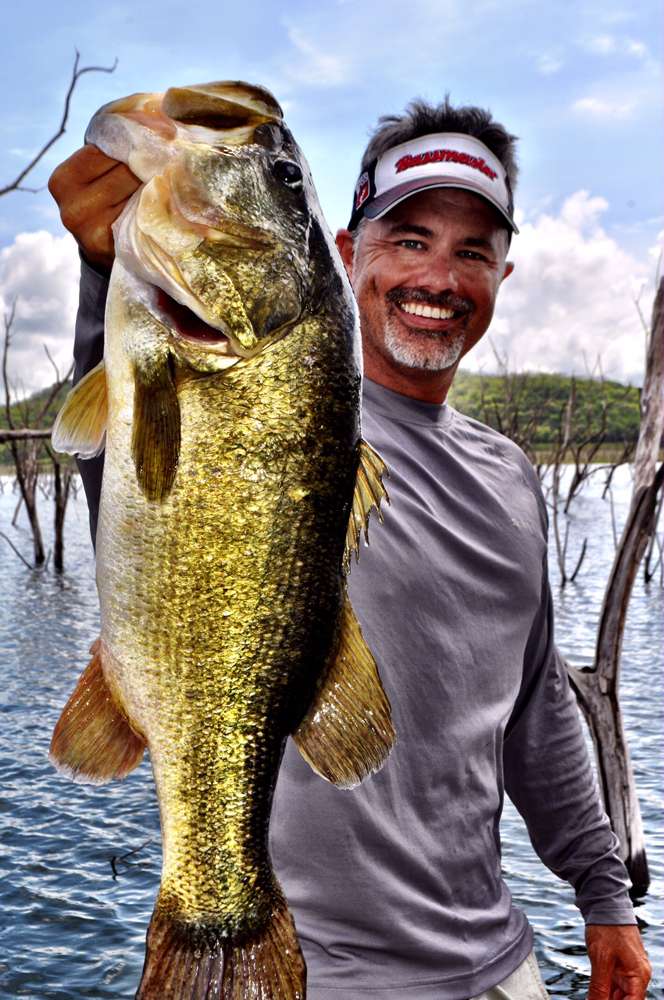
I’ve said this before, but it bears repeating: I dread Bassmaster’s annual 100 Best Bass Lakes issue. Why? It takes a lot of work. I mean, a LOT of work … and I don’t rejoice in tremendous amounts of work. That said, when the work is done and the magazine is printed, there’s not an issue I’m more proud of. As you’ll read, we don’t just identify and rank, willy-nilly, 100 lakes in the nation that happen to have bass. We go in search of the best, then let the data place them in their rightful, earned spot within the rankings. What you don’t see, however, is what’s left on the cutting room floor. And sometimes the lakes that didn’t pass the muster have a curious story to tell. Let’s take Lake Okeechobee, for instance.
If you were to look for data to prove the Big O deserved to make the Top 100 cut in 2024, it would be easy to find. Scott Martin, native son of Clewiston, Fla., situated on the banks of Lake Okeechobee, won the St. Croix Bassmaster Open presented by SEVIIN held there in February. Not only did he win the tournament, but he averaged over 30 pounds per day to earn the trophy! Alone, that statistic would have vaulted this lake up the rankings like a rocket ship. However, to make the Top 50 in the 224-boat field, you only needed to catch 14 pounds per day. The vast majority of anglers competing in this event did not land a limit the first two days of competition. Oh, and I should have mentioned that Martin won the event by more than 20 pounds. Yes, his results were the definition of an outlier. So, does the Big O still have some giant fish swimming within its monstrous 451,000 acres? Absolutely. Can the average angler spend a weekend there and not get a bite? You betcha.
See, the Big O has a problem right now that you can’t identify by looking at top-line data. According to B.A.S.S. Conservation Director Gene Gilliland, the U.S. Army Corps of Engineers is holding the lake at significantly higher levels than in the past, which is hindering aquatic plant growth. The lack of aquatic vegetation (which is the lifeblood of Florida bass fisheries) is proving detrimental to Okeechobee’s bass recruitment and sustainability.
“Last year, there were about eight or nine places to catch big fish. Next year, we may have four places,” said Martin. Can you imagine, four places on 451,000 acres that hold good fish? Needle, meet haystack.
So, no, the Big O is no longer ranked. It may represent the most significant fall in the history of Bassmaster’s 100 Best Bass Lakes rankings. (Last year, Okeechobee was ranked 10th in the nation.)
If Florida anglers are mad … or concerned … or hopefully both, then I urge them to take action. Write letters or call the Jacksonville District Office of the Corps of Engineers, as well as the South Florida Water Management District. Martin recommends going all the way to the top, as well, by ringing Gov. Ron DeSantis. Also, check out www.anglersforlakeo.org. Lake Okeechobee is a storied fishery and has played a pivotal role in competitive bass fishing for generations. If anglers make enough noise, perhaps the agencies in charge of water levels there will make the right decision and this lake will be one of the best in the nation once again.
“Can you imagine, four places on 451,000 acres that hold good fish? Needle, meet haystack.”





